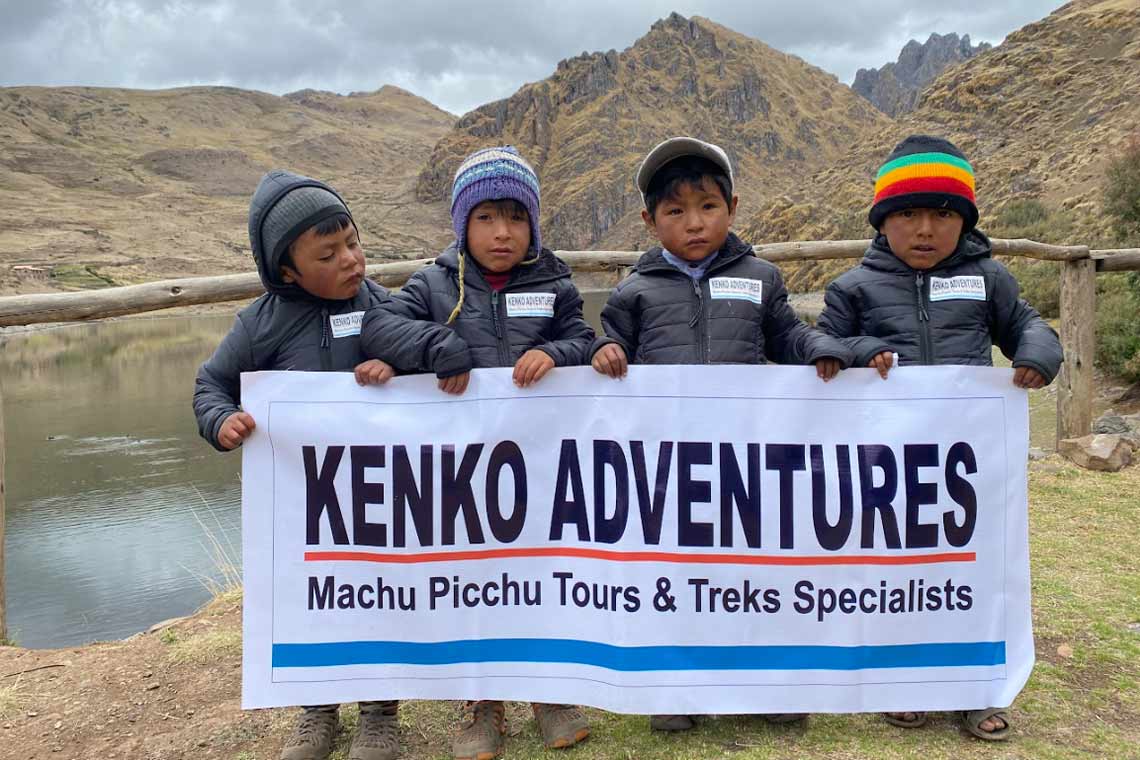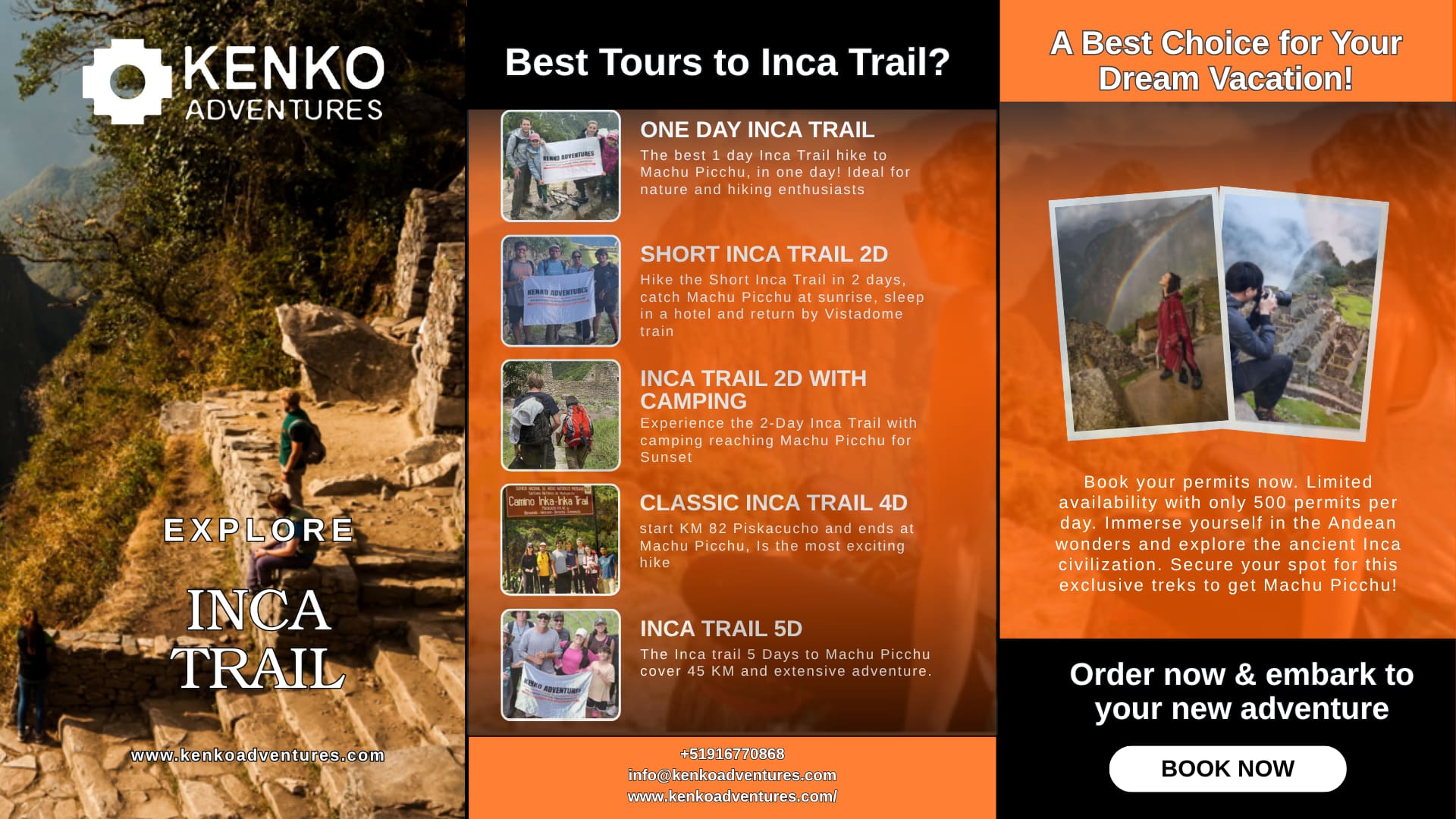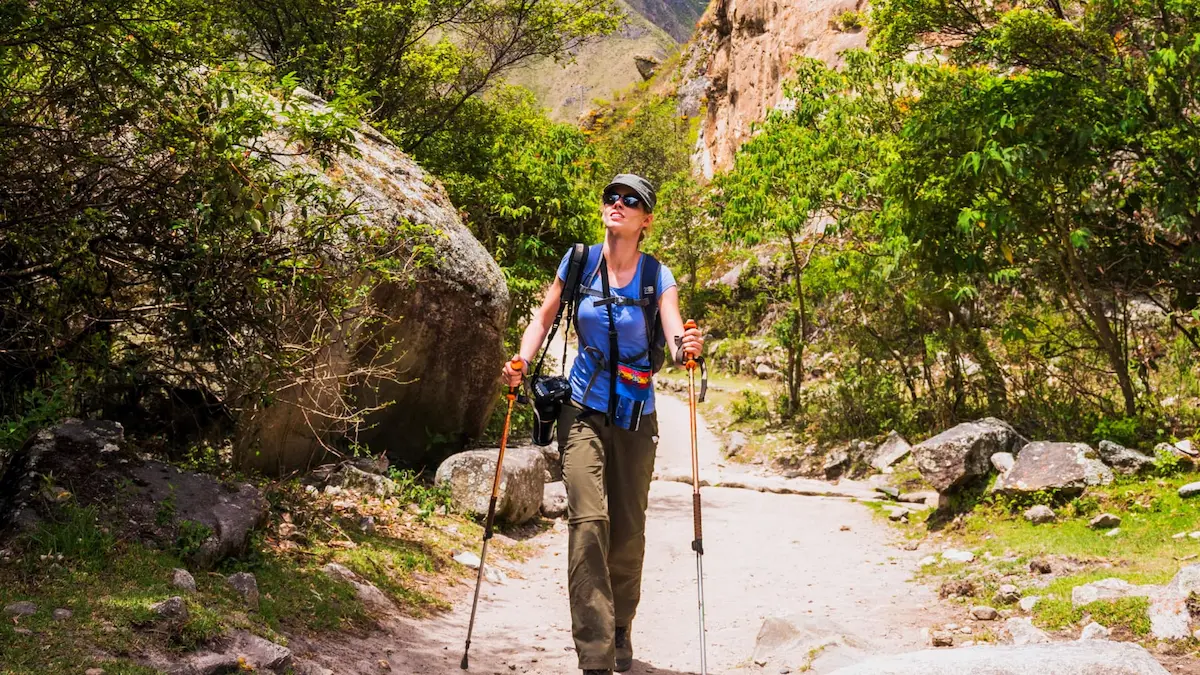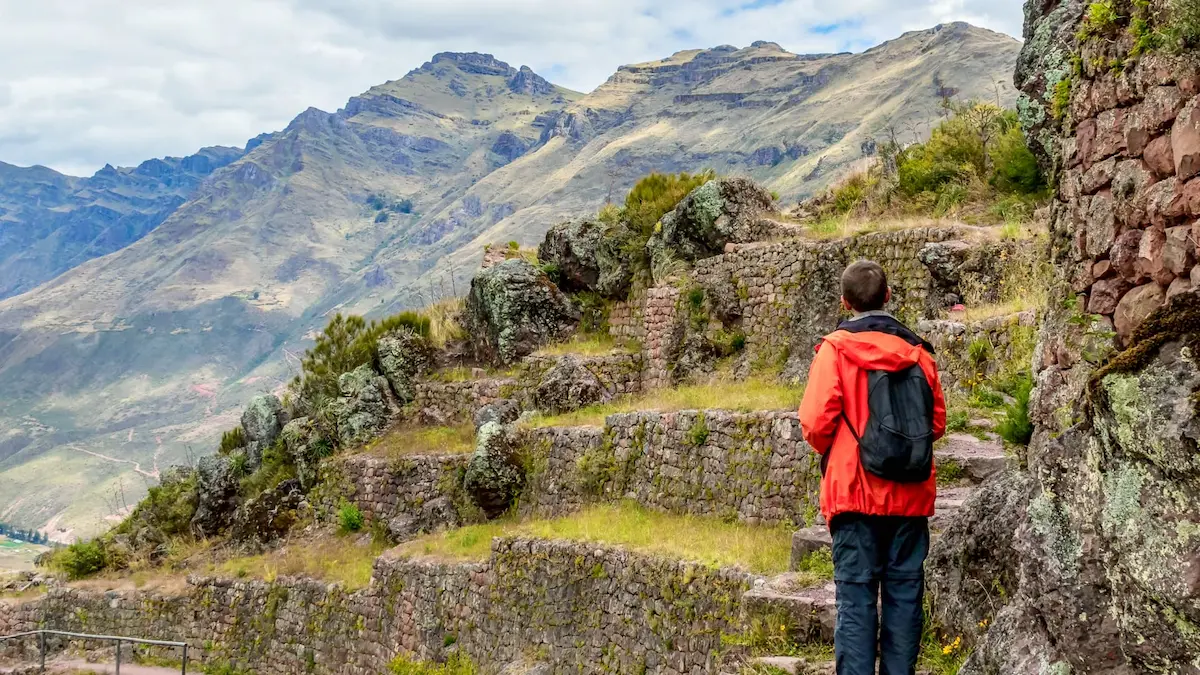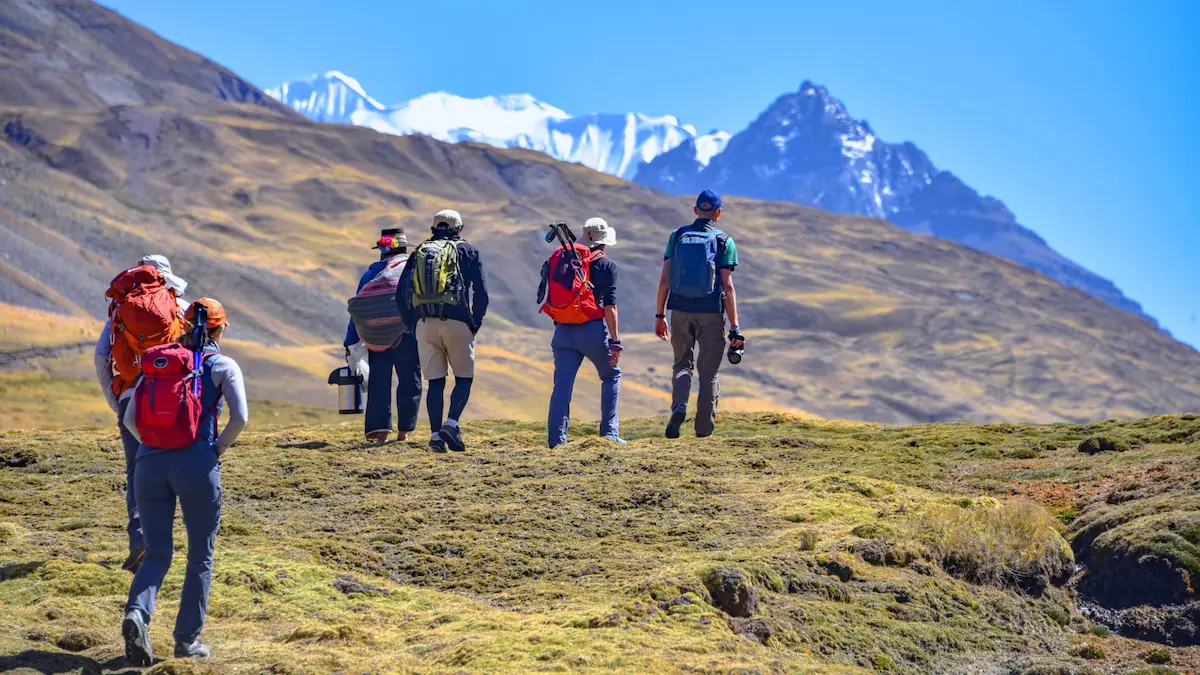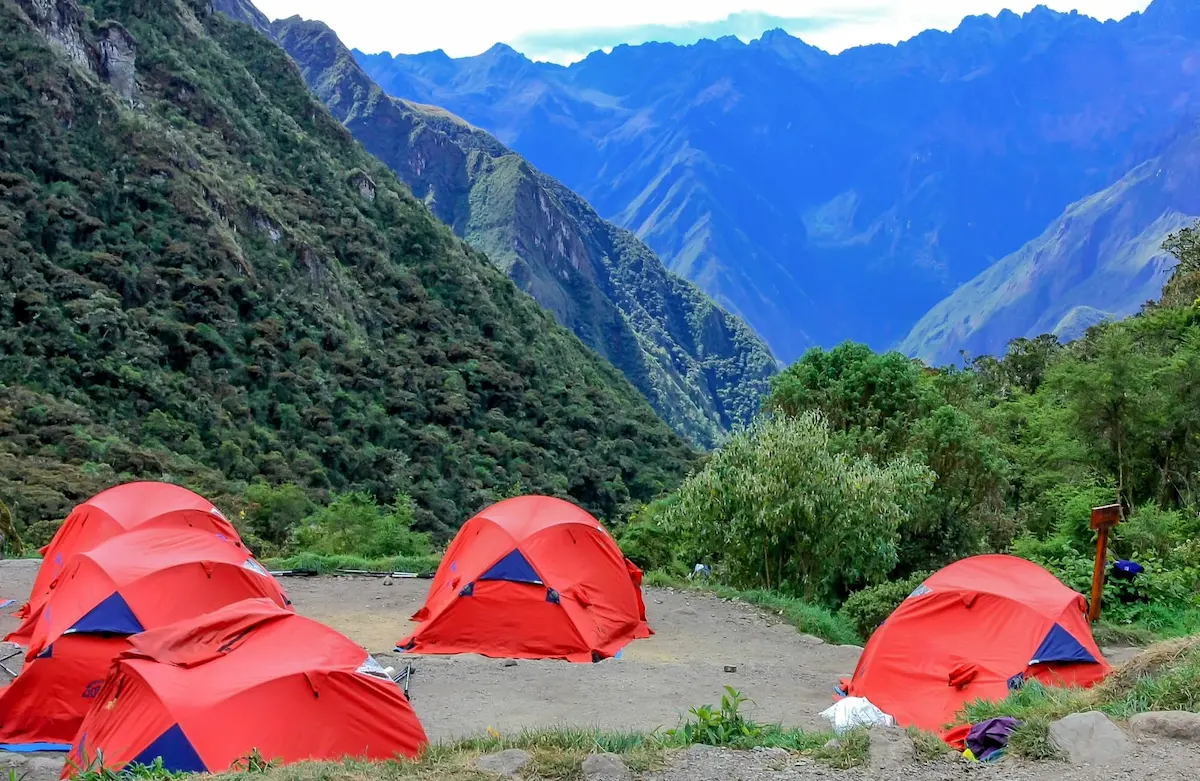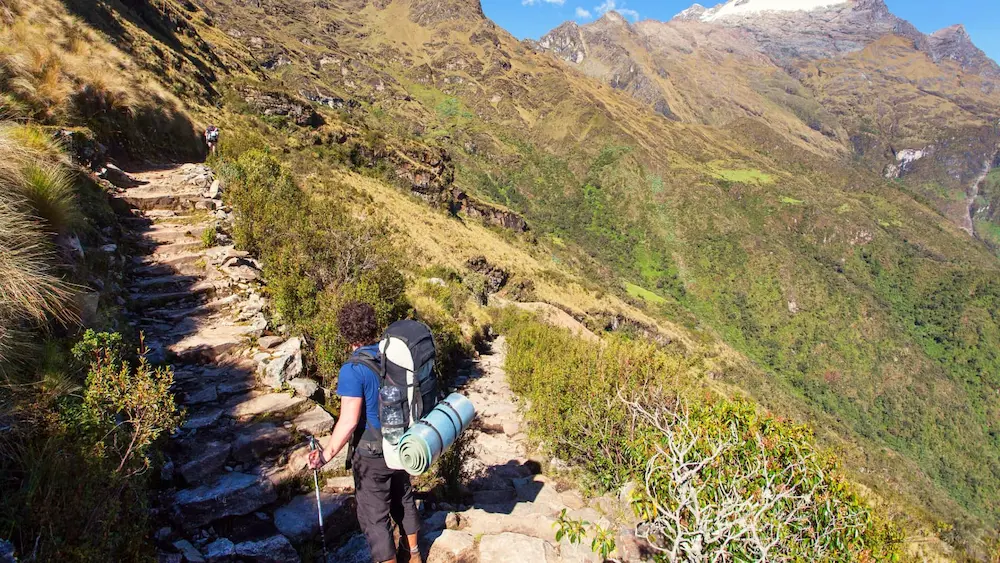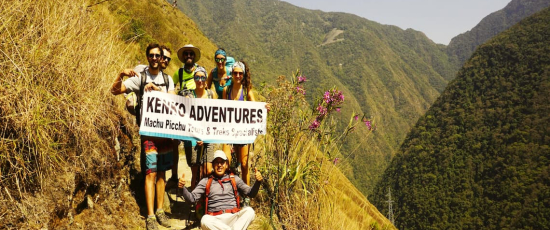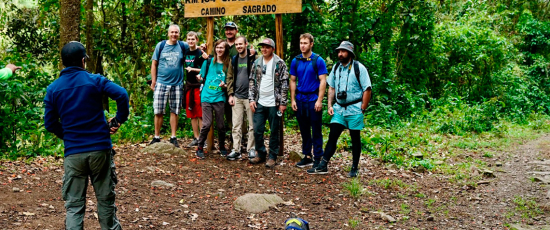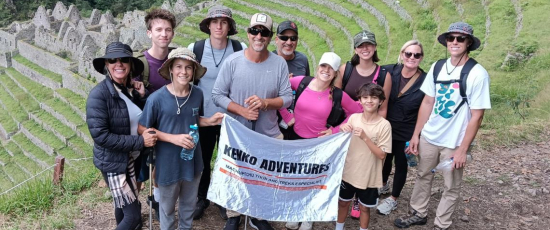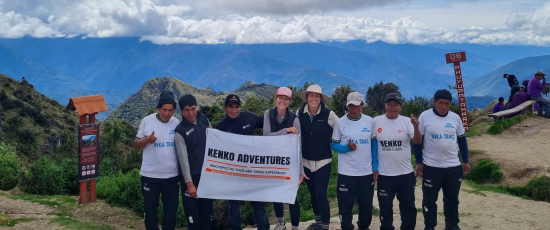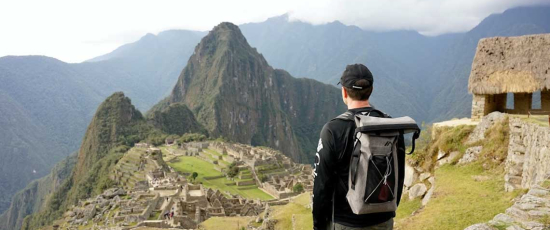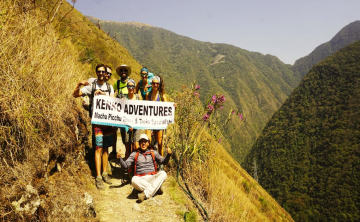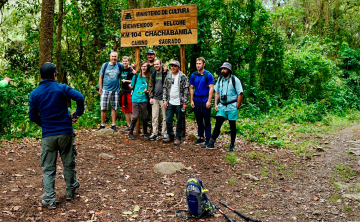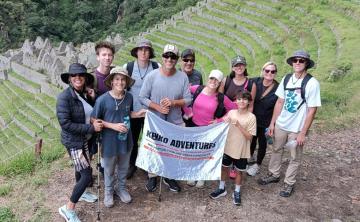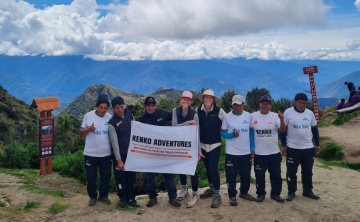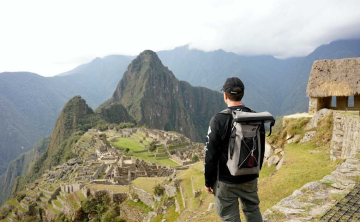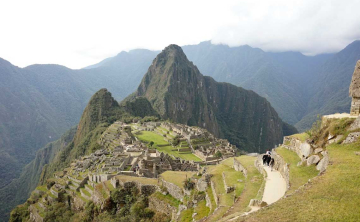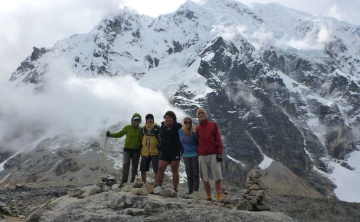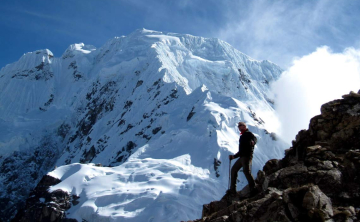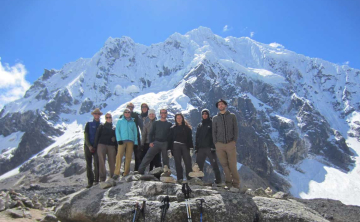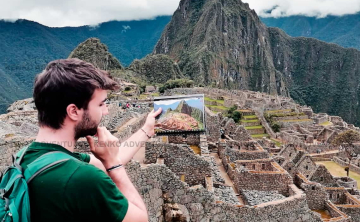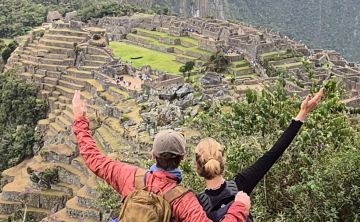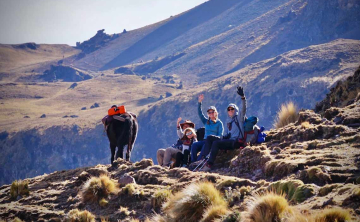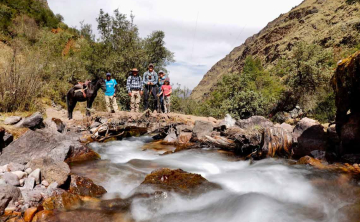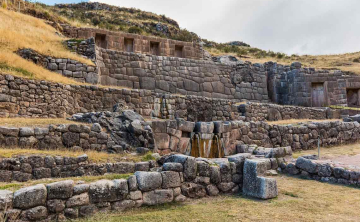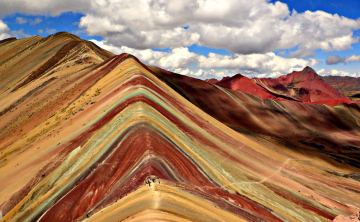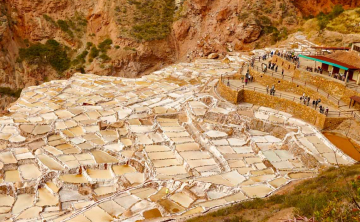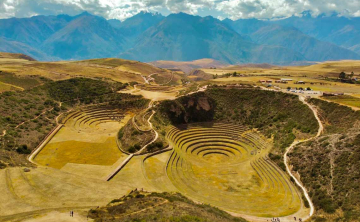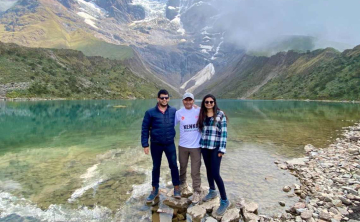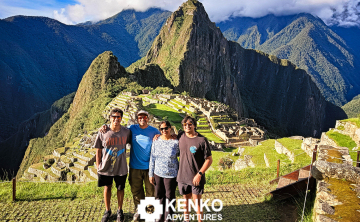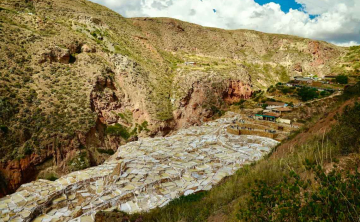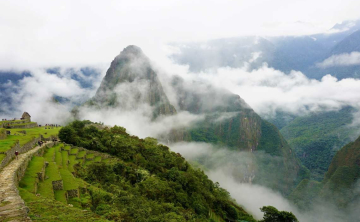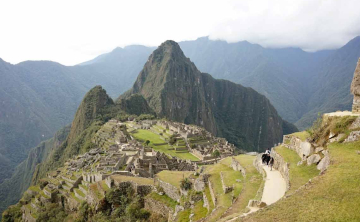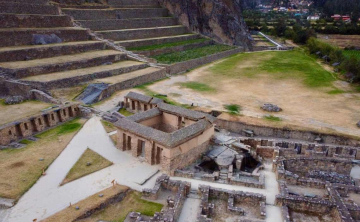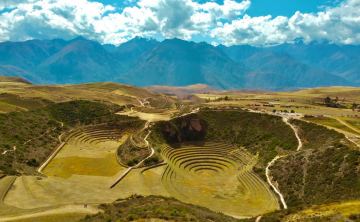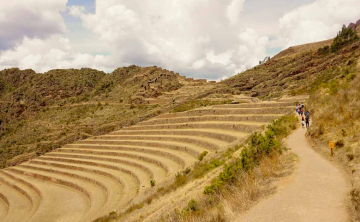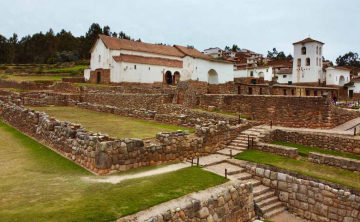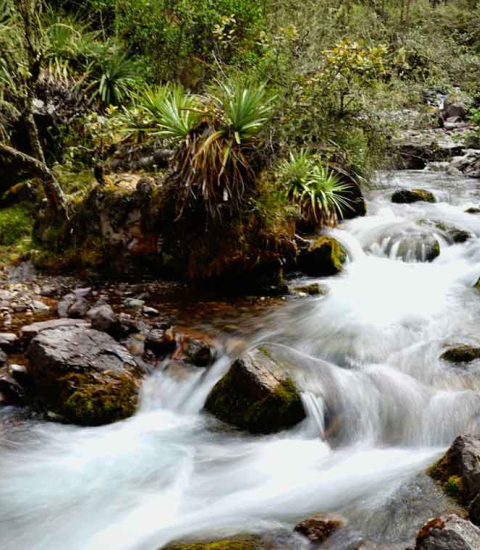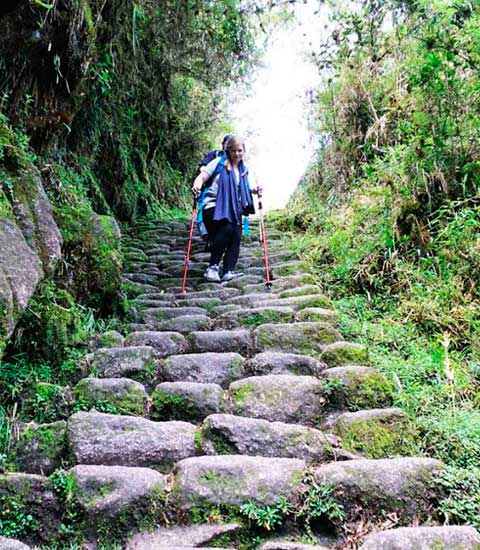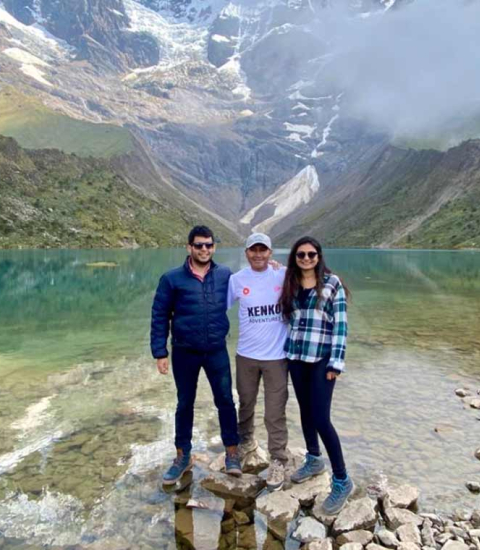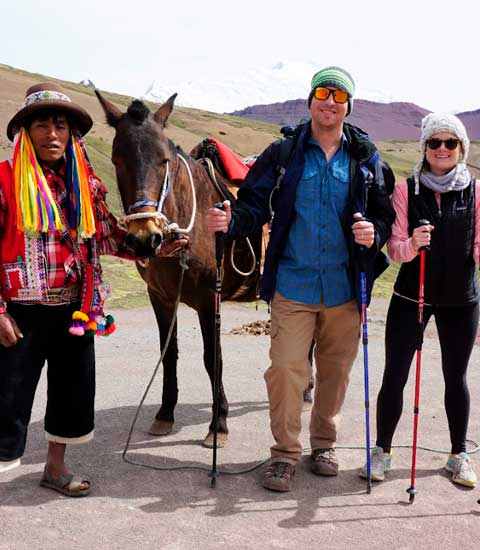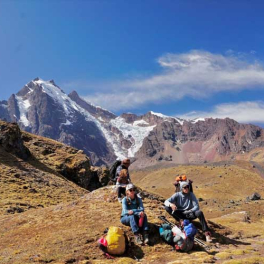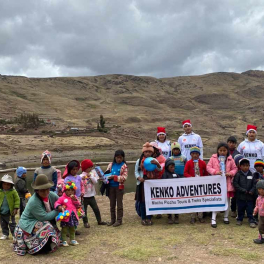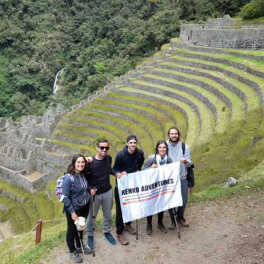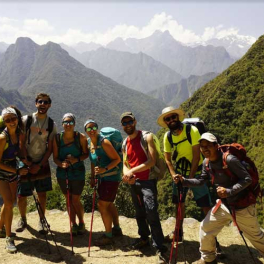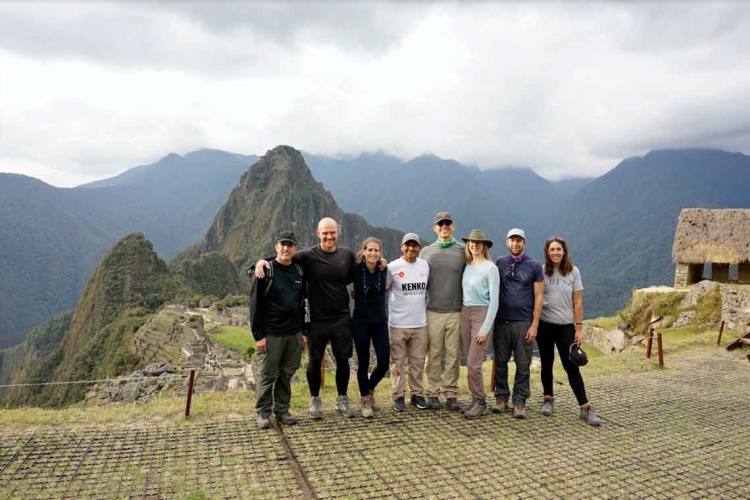
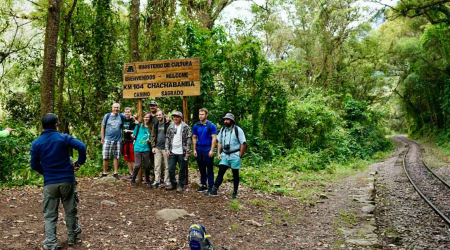
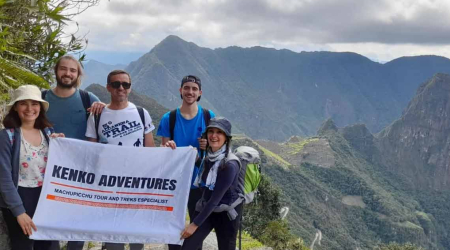
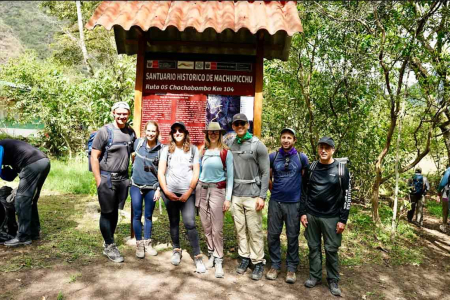
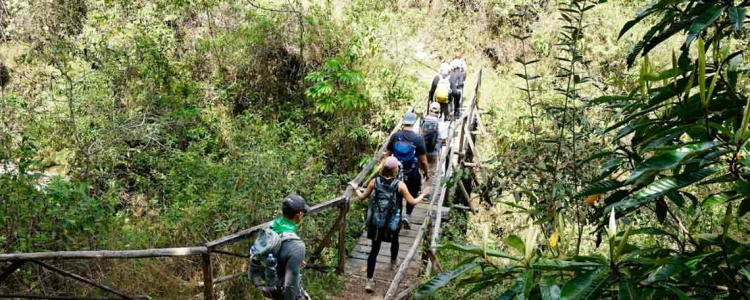
The Inca Trail Treks to Machu Picchu
Glamping Services
To hike the Inca Trail is to walk in the footsteps of emperors. This ancient path, carved into the Andes, is more than a trek; it is a pilgrimage to the heart of the Inca empire. We invite you to journey along these sacred stones. Experience the mist-covered mountains and forgotten ruins on your way to the lost city. The legendary Inca Trail to Machu Picchu awaits. Let us guide you on the adventure of a lifetime.
Choose your legendary path to Machu Picchu
We understand that every adventurer is unique. That is why we offer different ways to experience this world-famous journey. Whether you seek the full multi-day immersion or a shorter, powerful taste of the trail, we have the perfect expedition for you. We are a licensed Inca Trail operator, ready to make your dream a reality. Explore our expertly crafted Inca Trail hikes below and find the one that calls to you.
Classic Inca Trail
This is the world-renowned pilgrimage that has captured the imagination of travelers for generations. Our Classic Inca Trail
Essential Reading for the Classic Journey
- Learn how the 4-day trek compares to other durations
. - Discover the best time of year for your hike with our month-by-month weather guide
. - Uncover the secrets of the beautiful and historic Inca Trail campsites
. - Prepare for the challenge by understanding the Inca Trail altitude and how to manage it
.
Short Inca Trail
For those with less time, the Short Inca Trail
Planning your Short Inca Trail adventure
- See a direct comparison to understand the differences with the full trek
. - Learn about the famous starting point for this specific journey
. - Explore the key highlights you will see on this abbreviated journey
. - Decide between the two-day and one-day options with our detailed guide
.
One Day Inca Trail
This is the ultimate day hike for the determined traveler. The One day Inca Trail
Maximizing your One-Day journey
- Find out if this ambitious trek is the right fit for you
. - Get all the practical details you need for a successful one-day tour
. - Compare this express version against the full classic trek
.
Inca Trail 5 days
If you prefer a more measured pace, our Inca Trail 5 Days
Insights for the extended trek
- Consider elevating your trek with our luxury tips
. - Understand the difficulty level for this specific 5-day itinerary
.
Inca Trail 2 days with camping
This unique option combines the efficiency of the short trek with an authentic camping experience. Our Inca Trail 2 Days With Camping
Preparing for a night on the Trail
- Learn more about what our Inca Trail Glamping experience offers
. Get a complete overview of what to expect on the trail before you go
.
Everything you should know before venturing on the Inca Trail
In the world of trekking, the Inca Trail is one of the most famous and renowned routes in the world, an experience that combines adventure, history, and breathtaking landscapes. However, this journey to the citadel of Machu Picchu is anything but simple, especially for beginners. Therefore, we'll tell you everything you need to know to prepare and enjoy this unique adventure to the fullest.
1. Plan ahead
The Inca Trail is highly demanded, and the authorities only allow daily access to a limited number of visitors to preserve the trail. Therefore, it is vitally important to reserve your space at least 6 months in advance, especially if you plan to go during the peak season, from May to September.
Tip: Try to hire an authorized and above all guaranteed agency to take care of permits, guides and logistics.
2. Prepare your physical condition
Although you don't need to be a professional athlete or sportsman, the Inca Trail requires and demands endurance because the hikes are usually quite long especially in the tours of more than two days plus the steep slopes and altitude can be challenging even for the most experienced people, however you should not worry because all routes are guided by experts. Start training at least 2 months before, focusing on:
- Long walks with weights.
- Cardiovascular exercises.
- Leg strengthening.
- Improve your balance using trekking poles.
Tip: If you can, do practice hikes at similar altitudes before the trip.
3. Get used to the altitude
Cusco is located at 11,154 ft altitude, and the Inca Trail reaches even higher altitudes. Altitude sickness can play tricks on you such as headaches, fatigue and nausea. To prevent it:
- Arrive in Cusco at least 2 days before your trek to acclimatize.
- Hydrate well and avoid alcohol.
- Consider carrying coca leaves or medication for the altitude.
- Walk slowly and listen to your body during the first hours of the trek.
4. What to pack for this trek
Your luggage during this trek will be a fundamental key to reach the goal, pack properly and make sure to bring:
- Proper clothing: The weather is quite variable, try to dress in layers and use breathable clothing, waterproof jacket, hat and gloves.
- Comfortable footwear: Sturdy hiking boots and technical socks.
- Lightweight backpack: Preferably look for backpacks with lumbar support.
- Essential equipment: Trekking poles, headlamp, sunscreen and water bottles.
- Personal items: extra socks, deodorant and medicines.
Tip: Although most agencies offer porters to carry additional equipment, it is better to consult this option if you prefer to walk with less weight.
5. Food and hydration
Energy and hydration is essential throughout the hike. Agencies usually include nutritious meals, but you can also carry:
- Light snacks: Chocolates, energy bars and nuts.
- Water purification tablets or portable filters to ensure your health.
- Electrolyte sachets to prevent dehydration.
Tip: Drink water constantly to avoid dehydration, especially at high altitudes.
6. Respect the environment
The Inca Trail is a protected heritage site. Help conserve it by following these practices:
- Do not leave trash. Carry a bag for your waste.
- Preferably use biodegradable products.
- Do not damage or take with you the local flora and fauna.
- Stay within the marked trails to protect the ecosystem and your safety.
A group of hikers descending toward an ancient Inca ruin surrounded by vibrant green mountains.
Additional information for beginners in trekking
- Safety: Always listen to your guide's directions and keep your group in sight. Do not skip marked areas and if you go during the rainy season walk carefully as the trails are often slippery.
- Local Culture: Learn about Inca traditions and history to enrich your experience. Respect local customs and, if you can, learn a few phrases in Quechua to better connect with the locals.
- Restrictions: Before your visit find out about the restrictions of the places you will visit.
Why is the Inca Trail so Popular?
The experience that one gets to have by hiking the ancienth Inca Trail on its full extent is really an odyssey. The inaugural day has the groups participants to meet each other, unfamiliar individuals organized by a guide, who takes the role of a leader that's supported by a team of porters and cook.
Three routes beckon their way to Machu Picchu, however, these converge in the KM 82, as the name indicates, this beginning point is 82 kilometers away from Cusco by a railway that goes along the Urubamba River.
Real life Superhumans
If you succumb to the weight of your overstuffed backpacks and wish to alleviate the altitude sickness and altitude strain, the porters can shoulder your bags. While we've got to share the beautiful scenery, these individuals are marvels of nature in their own right.
These men are akin to the Uruk-hai in The Lord of the Rings, but way better looking. They never cease running. They are completely out of this world. Some even wear flip-flops and sprint the trail. If you observe the immense loads they bear, only one word will cross your mind, unbelievable. They're all exceptionally lovely people, friendly, kind, and personable.
Also, the team includes a guide (you can't enter the Inca Trail without one) and a chef that prepares his meals taking in consideration your dietary needs. Meals take place in a communal tent at day's end (with lunch and snacks usually consumed on the go).
Why does the Classic Inca Trail have limitations?
The limitations we have for the classic Inca trail for 2025 - 2026 are due to the camp spaces, since they are not enough for more than 500 people a day, these include everyone such as: tourists, tour guides, porters and staff. support as giving an average of 250 tourists per day only. The most popular and smaller camps are Pakaymayu alto, Chakicocha, and Wi├▒ayhuayna, so this trekking route is very limited and tickets have to be purchased in advance.
Is it possible to reserve the Inca Trail permit using an expired passport?
Yes, of course you can book your classic Inca Trail with expired Passport, but once you have the new one you have to inform your tour company the new number of your new Passport, that allow us to change the correct information for your classic Inca Trail tickets and at the end you Will be ready to go on your Inca Trail tour.
What are the Classic Inca Trail Availabilities for Classic Inca Trail for 2026?
Space availability for 2026 begins in the first week of October 23, and we recommend making your ticket reservations in advance. Ticket sales for the 2026 Classic Inca Trail begin on October 1th as follows.
Inca Trail permits availability for 2026:
- January 2026: Available every day.
- February 2026: Closed for maintenance.
- March 2026: Available every day.
- April 2026: Available every day.
- May 2026: Available every day.
- June 2026: Available every day.
- July 2026: Available every day.
- August 2026: Available every day.
- September 2026: Available every day.
- October 2026: Available every day.
- November 2026: Available every day
- December 2026: Available every day.
Why you must book Classic Inca Trail in Advance for 2026
- We Will secure your Classic Inca Trail tickets with good campsites.
- You are going to be able to modify your departure day untill january 1, 2026
- You can open the departure day any day for 2026.
- You can have long periods of time to prepare yourself before doing your Classic Inca Trail.
- You can choose the best season to do the Classic Inca Trail. (dry season May to September)
- We Will guarantee your departure once you book the Classic Inca Trail for 2026.
- You will book your Inca Trail tour with price of 2026
What is going to be the Price for Classic Inca Trail for 2026?
The prices of the tour for the Inca Trail will change by 2025, due to improvements in payment to our porters. This is established by the Peruvian government for the following year, since many of our porters are exploited by large companies with many years of work. In this field, KENKO ADVENTURES PERU is committed to respecting the payment established by our government and helping our brother porters to get out of this work enslaved by other large companies.
How to book the Inca Trek for 2026?
You have to fill in your personal information in our booking form (lower down is the link):
Book your Classic Inca Trail
Also you can look additional information in: Classic Inca Trail 2026
You will have a payment deposit option of $ 200 USD per person using any card then once you done the payment deposit, we Will send you the confirmation form for your tour.
Once you finalize the booking process, you Classic Inca Trail tour is 100% secure and your departure as well
Our Inca Trail hikes to Machu Picchu tours
Pagination
Pagination
- Current page 1
- Next page
Free warm jacket for my litle friend!
Kenko Adventure Peru founder decided to add a social proyect in all Our tours that means, if you are booking a tour with Us, you automatically are donating a warm jacket for Our litle kids that have very hard living in very cold conditions near by the Andes Mountain
